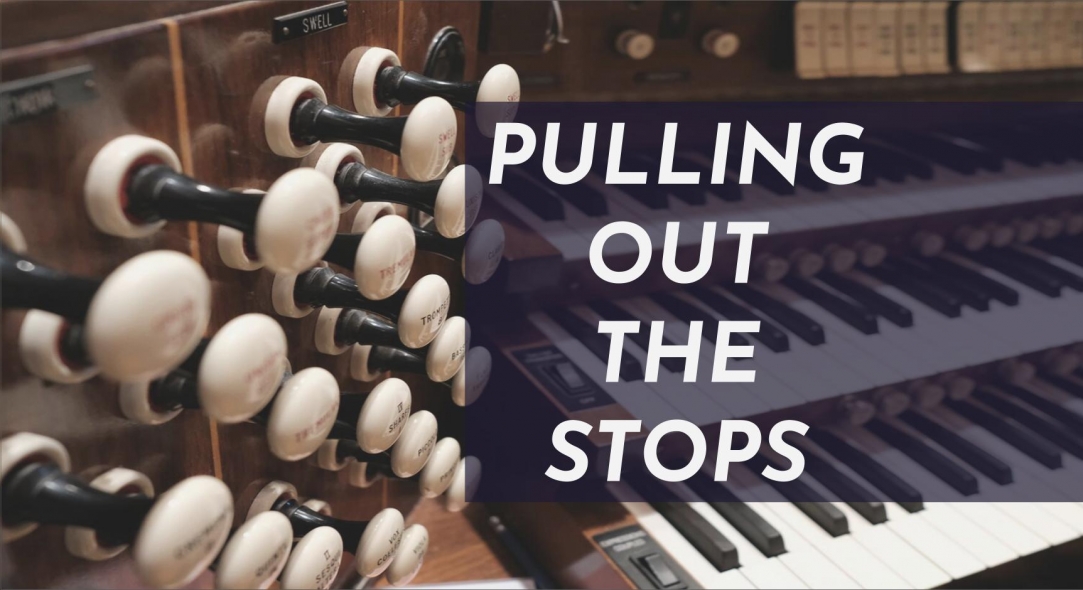Faith & Giving
I'm excited to share updates on the Executive Certificate in Religious Fundraising course and invite you to join our FBCH community in making a meaningful impact through generosity.
Read More

Escape to Venice: Gabrieli, Monteverdi, Vivaldi
Don’t you just wish that you could travel to Venice? I was there in 2013 and had the most extraordinary week walking around the narrow streets and popping out next to various canals. It was surprisingly cool in the shaded streets, and not crowded, for a July summer. The combination of wonder and history remains in my memory to this day. It didn’t seem long ago that Renaissance Baroque lived and prospered in those very streets. In our previous blog, we learned about the Renaissance in Europe, which naturally catapults us into the Baroque era, and what better place to explore that progression than Venice? The years from 1600 to 1750 was the era described by the word “baroque”, from the Portuguese word barroco, meaning “misshapen pearl”. The term came to describe the heavily ornamented music and art of this period, and Venice was one of its creative centers. The Baroque period saw the establishment of modern tonality (scale, key center, major-minor). Many musical terms and concepts from this era are still in use today: the chorale cantata, the concerto grosso, and the sonata. During this period, composers and performers used more elaborate musical ornamentation, which is reflected in the art and architecture of the time. Baroque music expanded the size, range, and complexity of instrumental performance, and also established opera as a musical genre. Three well-known composers of the Renaissance Baroque era in Venice are Giovanni Gabrieli, Claudio Monteverdi, and Antonio Vivaldi.
St. Mark’s Basilica -Eastern Orthodox influence
“Magnificat a 14″, Giovanni Gabrieli | The Green Mountain Project 2012
Following Gabrieli as music director at St. Mark’s Basilica, was Claudio Monteverdi (1567-1643), who also enjoyed considerable fame in his lifetime. Although he endured difficulty and tenuous employment in Mantua, Venice embraced his work, and was captivated by his music’s variety and brilliance. Monteverdi became maestro di cappella at St. Mark’s Basilica in 1613, and brought his plethora of musical forms to religious music on a monumental scale. His Magnificat from the larger work, “Vespro della Beata Vergine”, sometimes called “Vespers of 1610”, is an outstanding experience. Monteverdi’s Vespers is thought to have been his audition piece to secure his position at St. Mark’s, and this 90 minute work written for soloists, choir, and instruments is spectacular. The Magnificat itself is the final part of the Vespers, and is in 13 movements. Monteverdi uses an extraordinary number of styles ranging from plainchant to motets, psalms, virtuoso vocal ornamentation, and instrumental solos. Join Maestro John Elliot Gardiner as he talks about this work and it’s influence on his own career.
Vespro della beata vergine -C. Monteverdi -Documentary 1
Ah, you say, but when I think of Venice, I think about Antonio Vivaldi. Indeed, Venice continued to be a center of European culture and a magnet for tourists even then, and who better to connect Baroque music with a modern-day audience than Antonio Vivaldi (1648-1741)? His father was a violinist in the Orchestra of St. Mark’s in Venice, but young Antonio went into the Priesthood, accepting a position teaching violin at the Ospedale della Pieta, a home for abandoned children. Known as “The Red Priest”, for the colour of his hair, Vivaldi became one of the Baroque era’s foremost composers, well-known throughout Europe in his time. Vivaldi composed most of his major works for the girls who received a musical education in the Ospedale’s renowned orchestra and choir. Make yourself a coffee and settle in for a delightful foray into the world of Vivaldi and the musical life at Ospedale della Pieta.